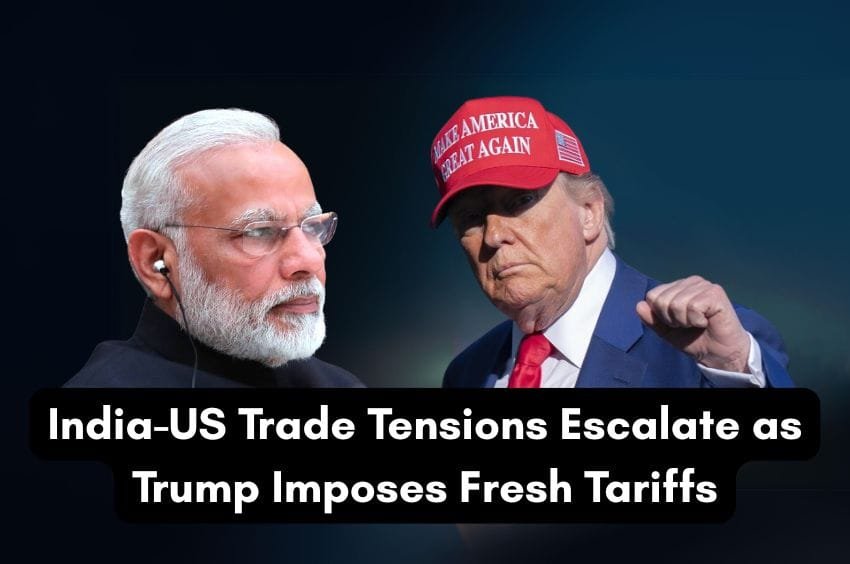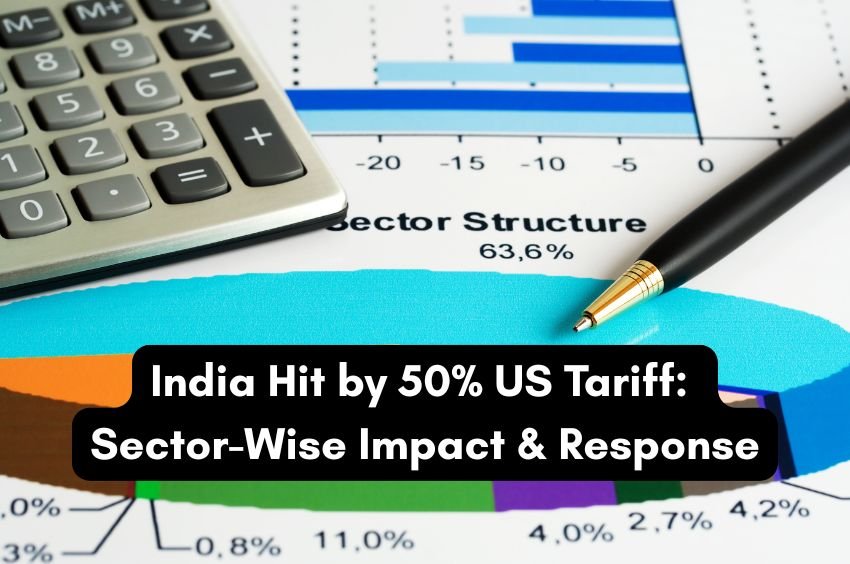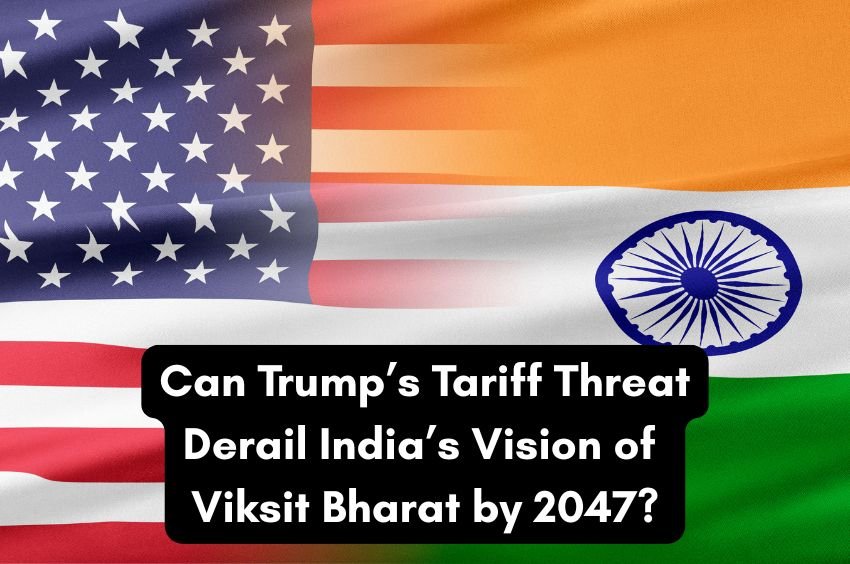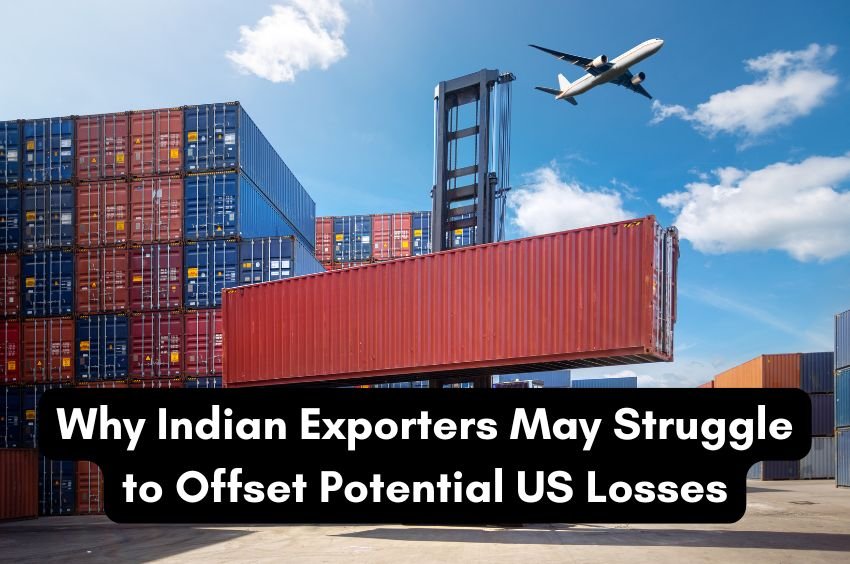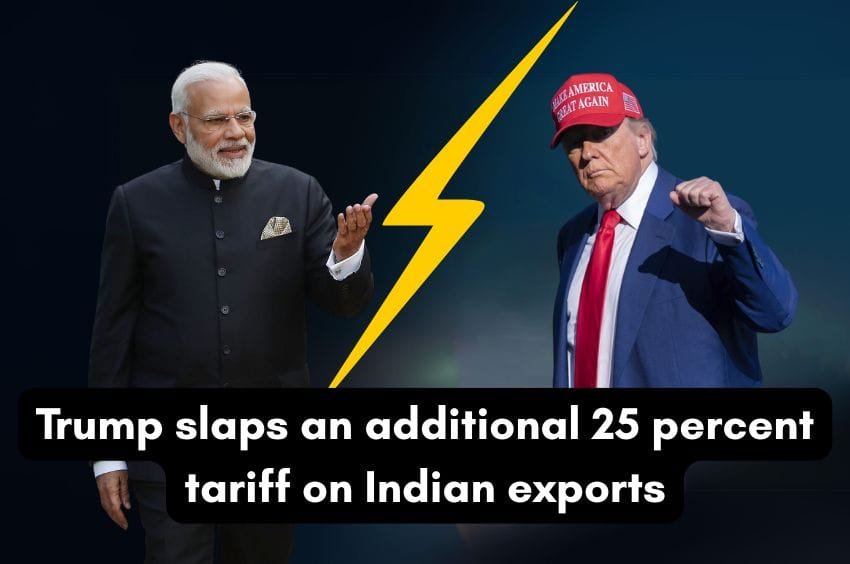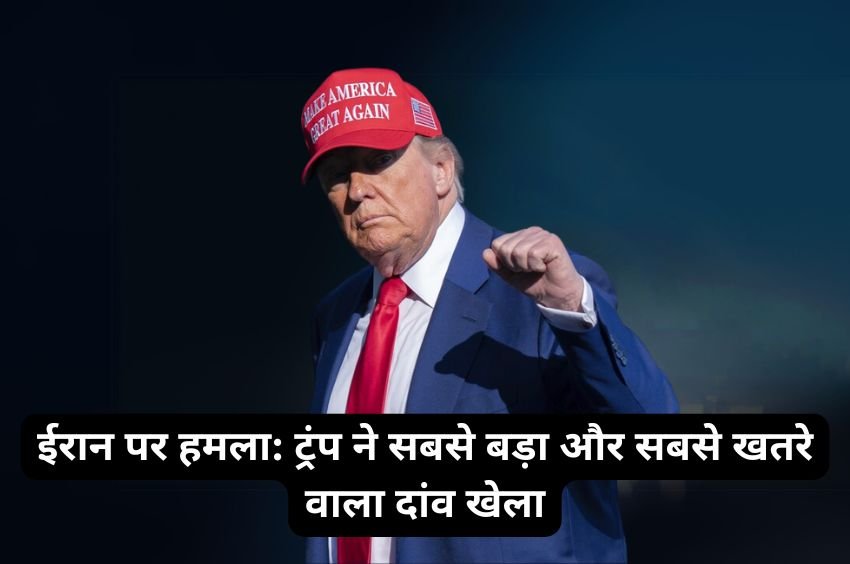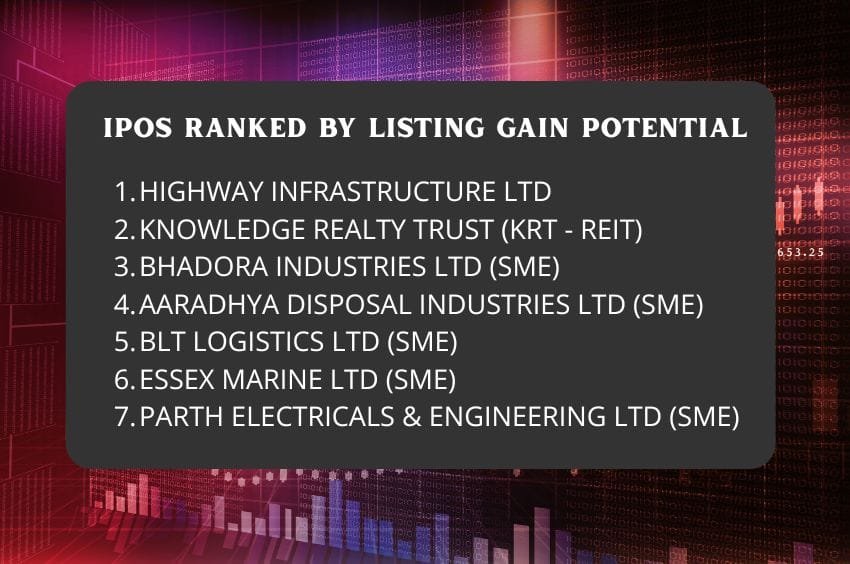New Delhi, August 7, 2025 – The trade ties between India and the United States have hit turbulent waters once again as US President Donald Trump imposed an additional 25% tariff on Indian exports. This steep hike is in retaliation to India’s continued purchase of Russian oil – a move that has irked Washington amid rising geopolitical tension.
While India has already been facing levies on key sectors like steel and aluminium, this fresh tariff brings the total duty on some goods to a staggering 50% – making it one of the highest US tariff slabs for any major trading partner.
Why Did Trump Target India?
President Trump had previously warned of “penalty” if India did not reduce oil imports from Russia. On July 30, the warning turned real with an executive order that has now taken effect. The move is being interpreted as a political signal aimed at forcing India to align more closely with US foreign policy objectives.
Interestingly, this penalty comes even as US special envoy Steve Witkoff held “constructive talks” with Russian President Vladimir Putin – raising eyebrows over the timing and intent.
What’s at Stake for India?
- Impact Scope: Reports say that around 60% of India’s $91 billion in exports to the US, or about $63.5 billion, might be affected.
- Exemptions: Right now, the pharmaceutical, semiconductor, and car industries are all exempt.
- Vulnerable Products: Textiles, jewelry, electronics, and processed foods are some of the things that are likely to be hurt the most.
The tariffs would go into force in 21 days, which is enough time for Indian exporters and policymakers to change their plans.
India’s Response: Careful yet Strong
India has been diplomatic in a grown-up way. The Ministry of External Affairs (MEA) stated that:
“India’s oil imports are guided by market factors and focused on securing energy needs of 1.4 billion people. We will take all steps necessary to protect national interests.”
Despite the pressure, India is unlikely to backtrack. Prime Minister Modi is expected to attend the Shanghai Cooperation Organisation (SCO) summit later this month, possibly engaging with Chinese President Xi Jinping and Russian President Putin – signaling India’s intent to maintain a balanced foreign policy.
What Lies Ahead: India’s Strategic Moves
India has no intention of jeopardizing its long-standing trade and diplomatic relationship with the US. But in response to this growing uncertainty, the following measures are being considered:
Fast-Track FTAs
India is expediting talks on Free Trade Agreements (FTAs) with the UK, EU, UAE, and Australia to diversify its export base.
Export Promotion Mission
A special export incentive package is likely to be announced in September, including:
- Subsidies for select sectors
- Low-interest loans for MSMEs
- Reduction in logistics and port costs
Diplomatic Push
India is keen to reinitiate trade talks with the US to explain:
- Its neutral stance on global conflicts
- The economic rationale behind Russian oil purchases
- The mutual harm of trade restrictions on both countries
A Game of Energy and Influence
Analysts point out that India ramped up Russian oil imports with implicit US backing during early phases of the Ukraine conflict. Washington’s sudden shift could disrupt global oil dynamics, especially if India pivots towards Iran or China-aligned oil sources.
Final Word: Strategic Patience & Persistence
This is not the first time India has faced external pressure – and likely not the last. The current challenge is a test of New Delhi’s ability to maintain sovereign policy while preserving global partnerships.
A balanced, proactive approach – combining diplomacy, economic strategy, and diversification – will help India navigate this storm.
